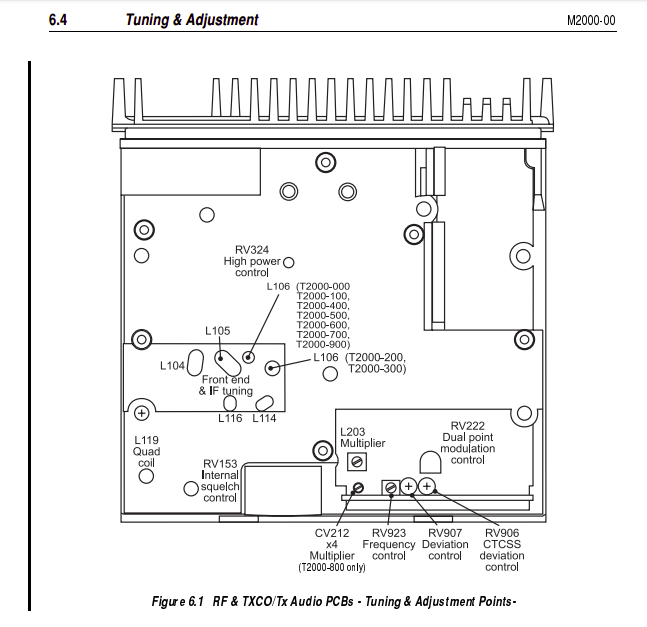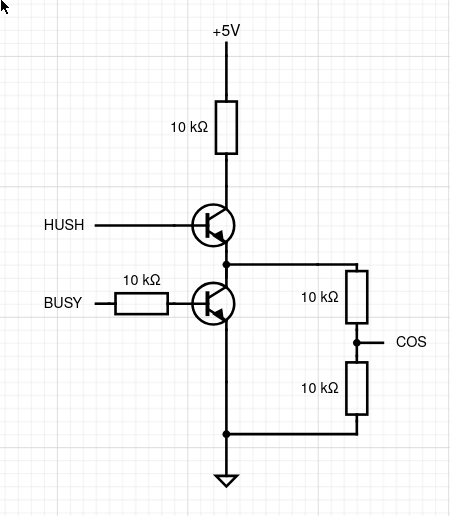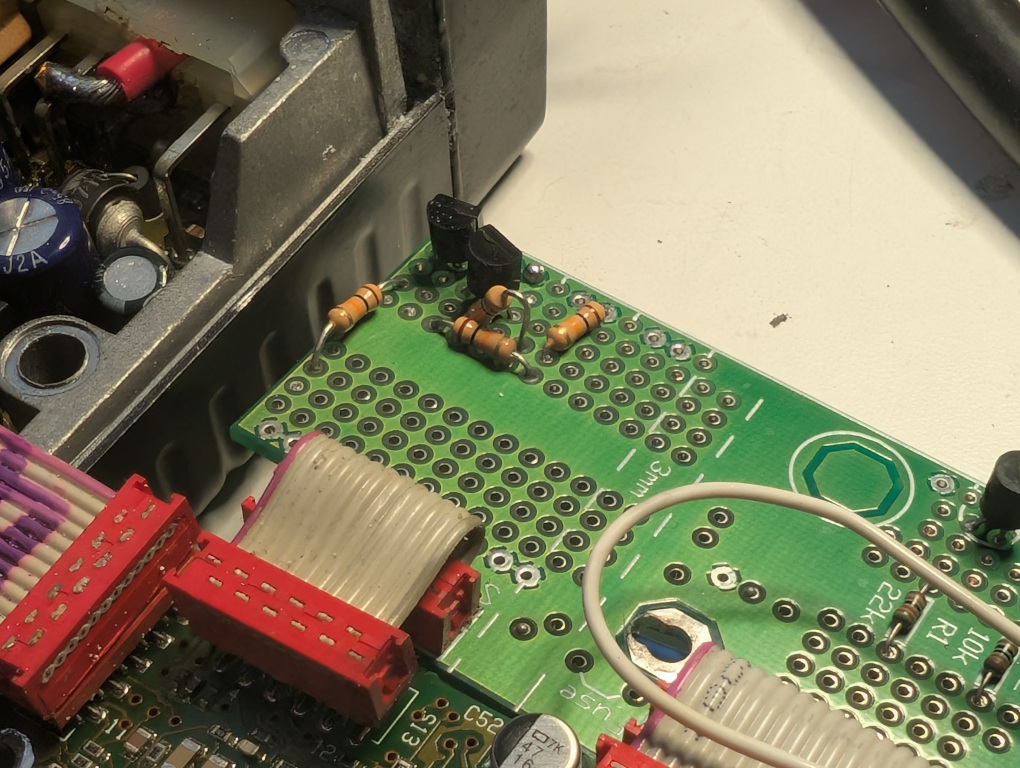This weekend has been ridiculously hot, so of course I decided to hunch over a hot soldering iron in my shack.
I've ended up with a handful of Tait T2000ii 25W VHF radios intended to be turned in to Allstarlink simplex gateways, which presented a couple of challenges.
Power Level Adjustment
In the UK simplex gateways are usually licensed for 5W out. I quickly found out (through rapid thermal excitement of a dummy load) that these rigs were pushing out 25W even when programmed to low power mode in the codeplug editor software.
It seems that certain hardware versions don't actually support low power (5W) mode even though it is enabled in the codeplug editor. Fortunately there is an adjustment, "RV324 High Power Control" that I was able use to adjust down to 5W.

COS & CTCSS
Allstar nodes use a Carrier Operated Squelch (COS) input from the radio to signal that it is receiving something and should send it to the network. The options board (T0220, various versions) on the radios I am working on exposes a carrier detect signal (BUSY), however it is activated when any carrier is detected, regardless of whether there is a valid CTCSS tone or not. This isn't ideal for a simplex gateway which might suffer from QRM and key up an entire network.
CTCSS detection can be done in software, and certain other radios (notably the Tait TM8000 and various Motorola models) can be configured to output audio before CTCSS tones are filtered out. This is not the case with that T2000ii. After scouring the service manual I found that the HUSH signal does appear to respect CTCSS settings, however it has an oddity as there is a 3 second lag between dekeying and the HUSH signal being released, which was not the case with BUSY.

HUSH alone worked to a degree, however the 3 second lag is far from ideal. What made it even less desirable was that during that 3 second period the node transmits open squelch noise to the network.
So BUSY responds quickly but generates false positives because it doesn't respect CTCSS settings. HUSH is more accurate but has properties that make it unusable.
It took me way too long to work realize that we could just AND these signals together and get the best of both worlds. It is slightly complicated by the fact that HUSH is active high and BUSY is active low, but a moment of scribbling in my notepad generated:

The final potential divider ensures that we top out at 2.5V in to the CM108 used for the node interface, which is a 3.3V device. I found that the BUSY signal could be pulled down very easily, which the 10k resistor prevents.
The particular options board these radios have has some space for small circuits so once I managed to bodge this on to them. The photos below show where I found the HUSH and BUSY signals, and where we output to pin 12 on the DB15 connector.

Up top I maybe could have squeezed all the components on one part of the board, but there is plenty of space to work with.

I tidied things up a bit for the next build, although it's still a mess of wires underneath.

And finally, a glamour shot, ready to be put on the network!
